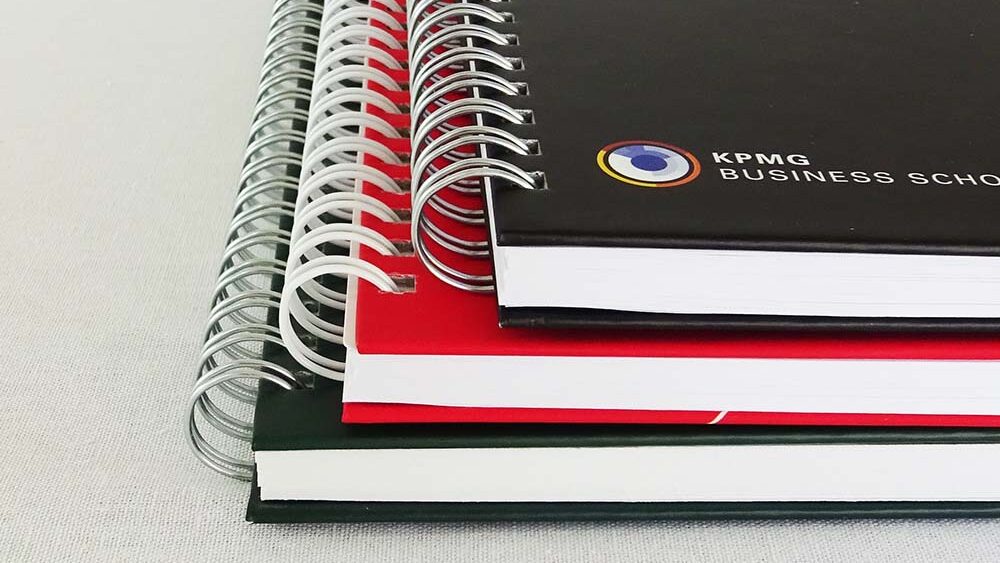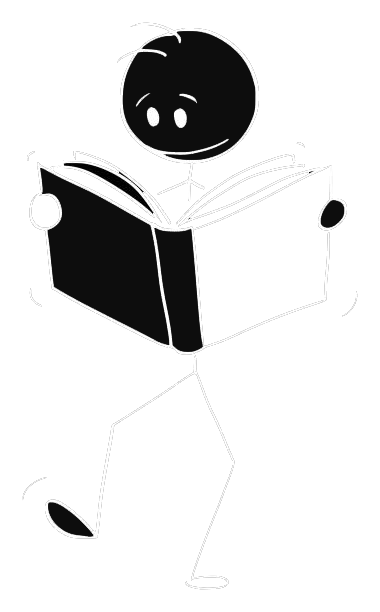OR BIND…

TYPES OF STITCHING & BINDING
SADDLE STITCHING
Common and economical, saddle stitching is one binding method. Created by punching wire through the documents outside spine, then bending the wire flat on the inside centre fold to grip all the pages. It may provide a similar look, but is not the same as stapling.
Choosing the Right Binding Type – Designers Insights
📄 8-80
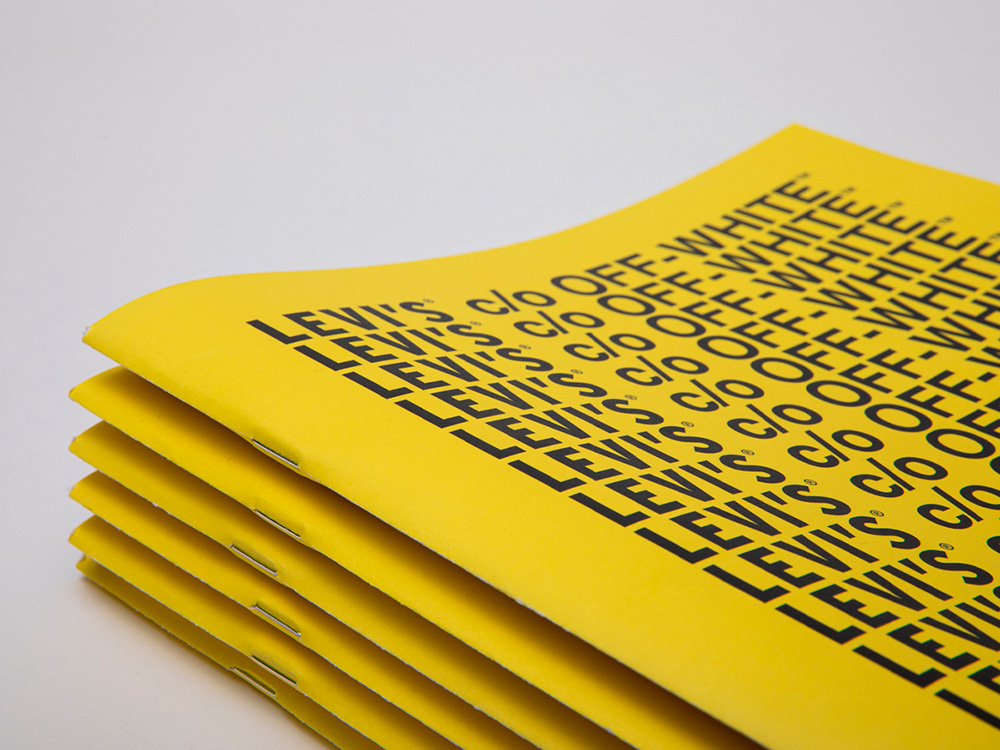
LOOP STITCHED
Similar to saddle stitching, but with a different effect. Loops are created with wire along the external spine in order to insert and secure the document into a 3-ring binder. Great option for information installments that can be added to larger collection.
Choosing the Right Binding Type – Designers Insights
📄 8-80
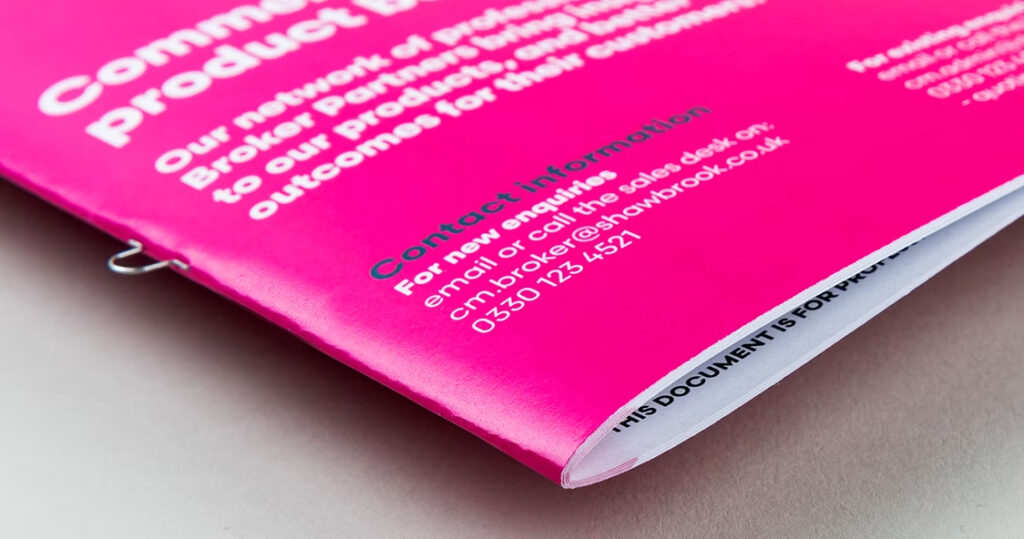
STAB OR SIDE STITCHED
Stabbed? OW! Stab or side stitching uses wire that is stabbed into the front cover, through the inside pages and back cover of the document, instead of along the spine. Often covered to hide the wire.
Choosing the Right Binding Type – Designers Insights
📄 2-300
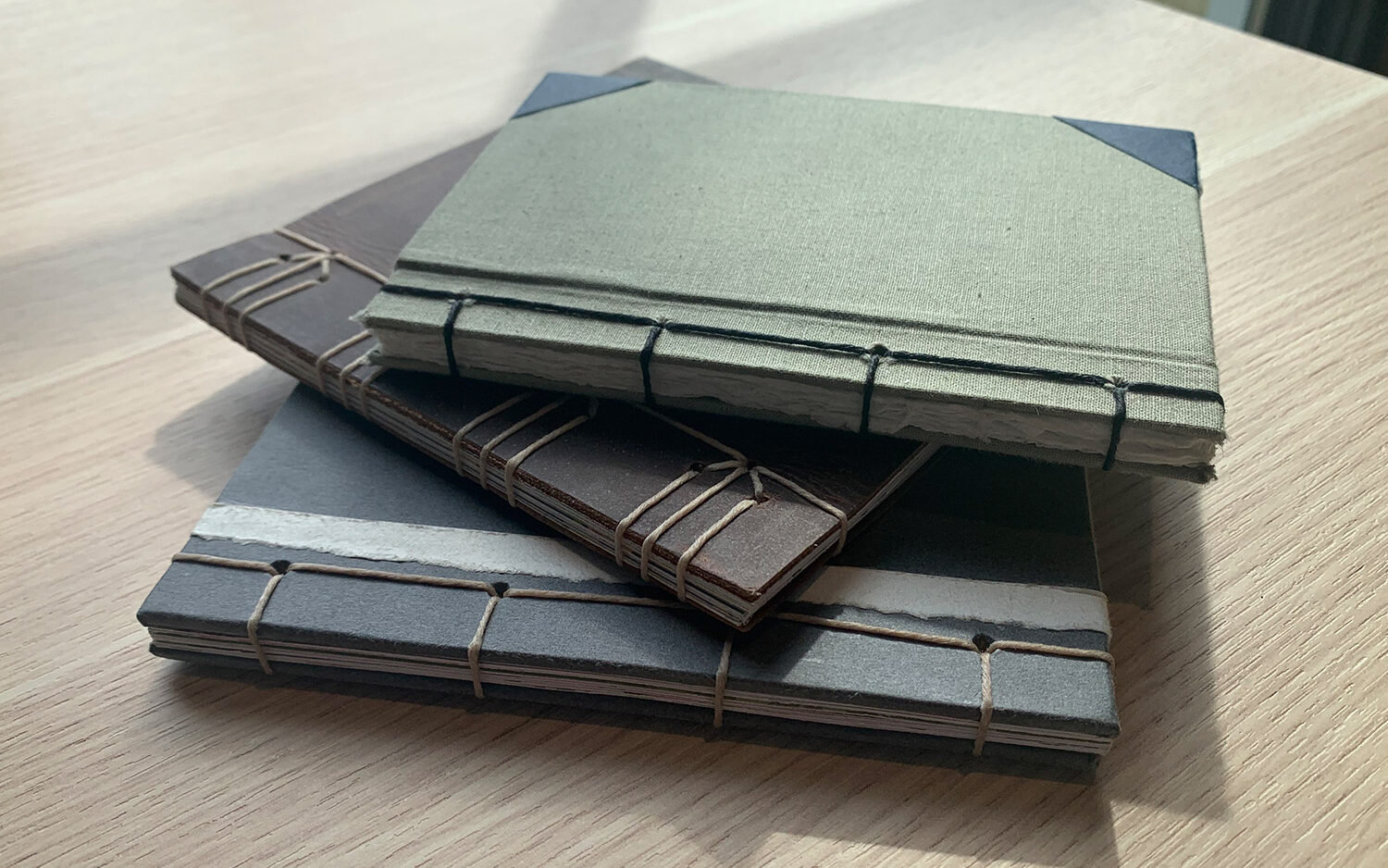
SEWN BOUND
Similar to saddle stitching, but uses thread instead of wire. Thread is stitched along the entire spine. As more pages are added it begins to closely resemble case binding, but without the hardcover.
Choosing the Right Binding Type – Designers Insights
📄 8-24
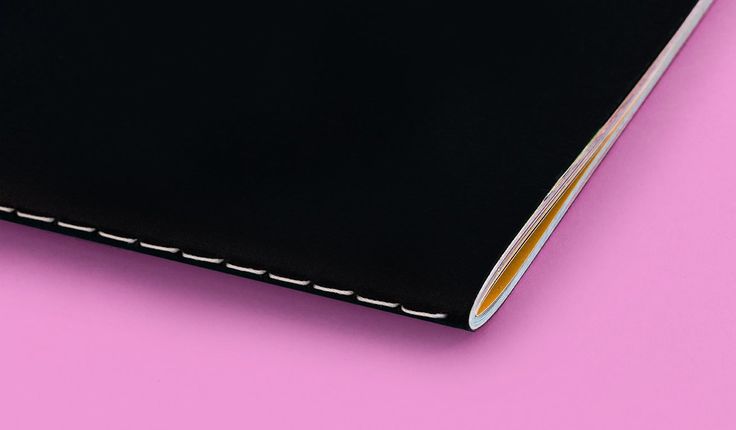
PERFECT BOUND
Sections of folded pages (signatures) have their spines trimmed off and roughed up to improve bonding with glue. All sections are collated and glued to its wrap-around cover.Cover is always scored on back and front, for ease of opening and less stress on spine.
Choosing the Right Binding Type – Designers Insights
📄 50-250
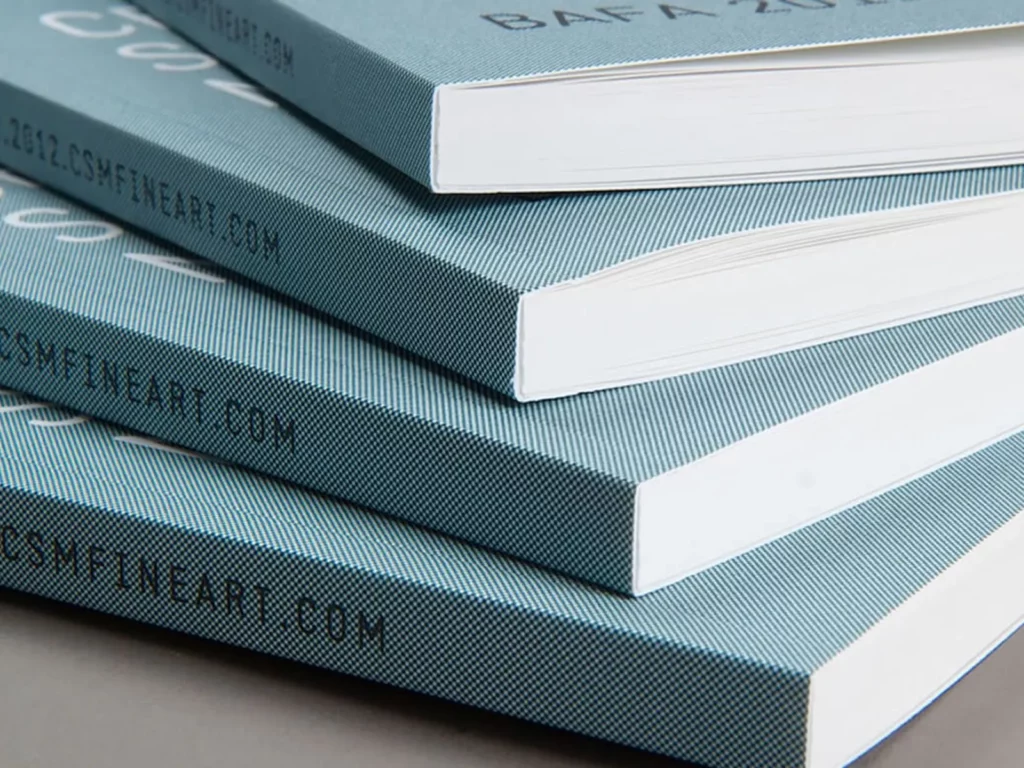
TAPE BOUND
This method involves an adhesive tape being wrapped around the spine to hold the covers and inside pages in place. Usually pages need to be stitched together prior to affixing the tape to reinforce and provide added strength.
Choosing the Right Binding Type – Designers Insights
📄 50-250

SCREW BOUND
In screw, stud or post binding, first holes are drilled through the complete document. Then a barrel post is inserted through the holes and a cap screw is added to the post to hold everything together. Frequently used for swatch books.
Choosing the Right Binding Type – Designers Insights
📄 16-400
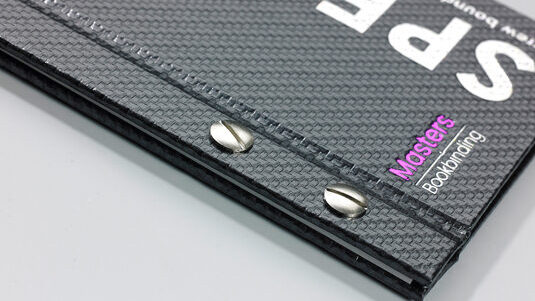
HARDCOVER/CASE BOUND
Standard binding used for hardcover books. Several different types to choose from, but typically involves inside pages being sewn together in sections. These are then glued to end papers which are glued to cover?s spine.
Choosing the Right Binding Type – Designers Insights
📄 60-400
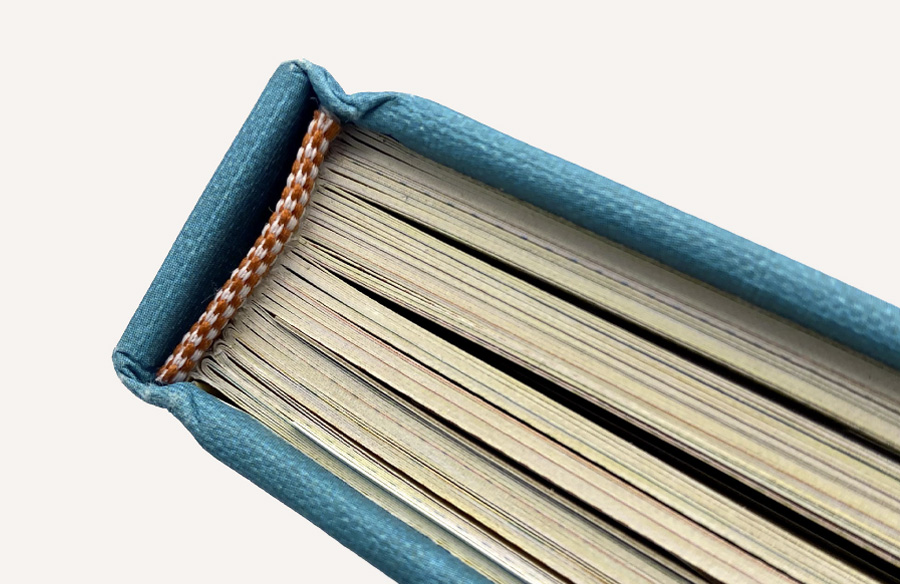
PLASTIC GRIP
This simple and easy method uses a moulded 3-sided plastic spine. By prying apart the 2 vertical strips the entire document is guided through one end of the plastic grip until it covers the full length of the spine.
Choosing the Right Binding Type – Designers Insights
📄 2-250
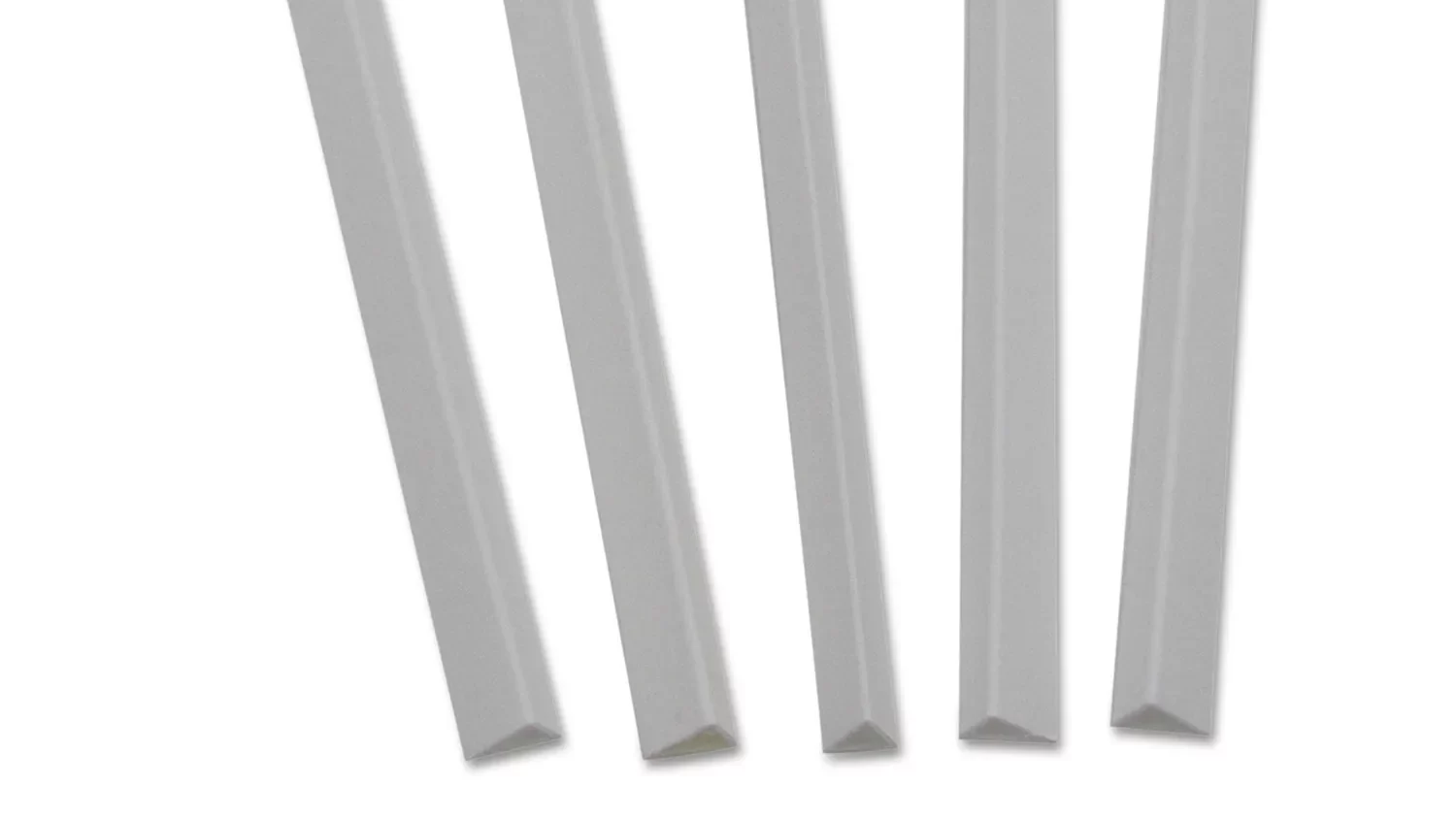
COMB OR PLASTIC BOUND
Economical method suitable for manuals and books that need to lay flat when open. Using rectangular holes punched through the document, the plastic comb?s rings are threaded through holes. Page edges at spine are covered by plastic comb.
Choosing the Right Binding Type – Designers Insights
📄 2-250
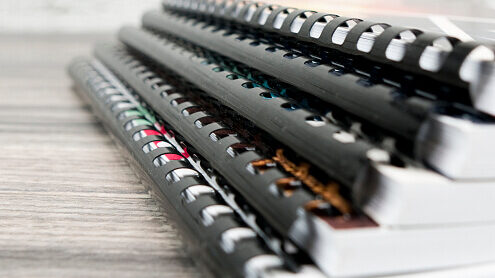
SPIRAL OR COIL BOUND
Utilizes a smooth round coil to hold pages together. Allows book to lie flat when open or pages can be turned all the way around to the back if desired.Wire is threaded through punched holes and then Ends are crimped to prevent wire slipping off. Spirals or coils are available in variety of colours.
Choosing the Right Binding Type – Designers Insights
📄 16-275
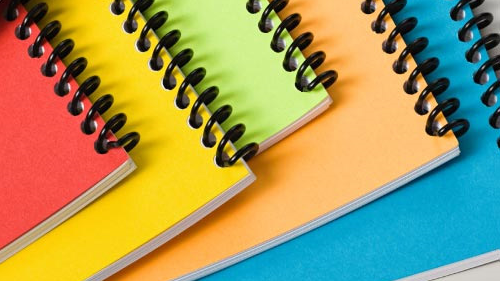
WIRE-O? WIRE BOUND?
Highly popular Wire-O? option uses formed wire that threads through punched holes. This allows books to lay flat when open. Wire loops are available in variety of colours to coordinate with cover colour. A durable option for a wide variety of project types.
Choosing the Right Binding Type – Designers Insights
📄 16-275
